Sony Alpha DSLR-A700 final production review
-
-
Written by Gordon Laing
Sony Alpha DSLR-A700 sensor and files
Sony Alpha DSLR-A700 features : Lenses and viewfinder / Screen and menus / Sensor and processing / Anti dust / Anti shake
Sony Alpha DSLR-A700 features continued…
Lenses and viewfinder / Screen and menus / Sensor and processing / Anti dust / Anti shake
The Sony Alpha A700 is equipped with a brand new 12.2 Megapixel CMOS sensor developed by Sony. While many rumours suggested Sony’s second DSLR may feature a larger format or even full-frame sensor, the A700’s is the same physical size as the A100 before it, so all lenses effectively have their field of view reduced by 1.5 times.
The sensor offers a broad range of sensitivities from 100 to 6400 ISO in one third increments. High ISO Noise reduction is automatically applied at 1600 ISO and above, although you can adjust it one notch up or down from the default Normal setting; long exposure noise reduction can also be optionally applied to exposures of one second or longer; Sony also claims it’s the first CMOS sensor to feature a 2-stage NR circuit.
Unlike the Canon EOS 40D and Nikon D300, the Sony A700 does not offer Live View capabilities. This is a strange omission considering the facility is gaining popularity and is featured on its biggest rivals.
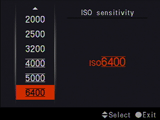 |
The A700 records a maximum JPEG image size of 4272×2848 pixels with the choice of three different compression options: standard, fine, and the new extra fine (X.Fine) mode. You can also record 4288×2856 pixel images in an uncompressed RAW format or in the new cRAW mode which applies compression – Sony states a 30% reduction in file size in cRAW mode, but couldn’t confirm whether it was lossless or not. Either type of RAW file can be recorded separately or accompanied by a Fine JPEG if desired.
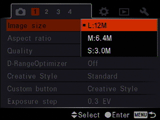 |
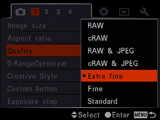 |
Two lower resolution modes, operating at 6.4 and 3.0 Megapixels are also offered, and there’s additionally a 16:9 aspect ratio option which crops the top and bottom from JPEGs, but leaves RAW files at their native 3:2; this is handy in RAW plus JPEG mode as the camera would record a JPEG in 16:9 to fit widescreen TVs for slideshows, but the RAW version would still have data for the entire 3:2 frame.
The addition of an extra fine JPEG mode will be welcomed by many, although the files sizes can be pretty hefty: our X.Fine test shots worked out between 6 and 12MB each, with most coming in around 9MB. For direct comparison between the different settings we shot the same outdoor landscape scene moments apart at the highest resolution using the Standard, Fine, X.Fine, cRAW and RAW modes, which delivered files measuring 4.78, 6.55, 11.59, 12.92 and 18.9MB respectively; so files recorded with the X.Fine JPEG mode can weigh-in close to the new cRAW option. You can see examples of the A700’s RAW files in our results pages.
The A700 features slots for both Compact Flash and Memory Stick Duo cards, but the former could do with being ejected a little further for comfortable removal.
Sony Alpha DSLR-A700 image processing
Along with Auto and Custom White Balance, the A700 offers Daylight, Shade, Cloudy, Tungsten, Fluorescent and Flash presets, each adjustable in three steps either way; you can also manually enter a colour temperature from 2500 to 9900K with a choice of colour filters from G9 to M9 if preferred.
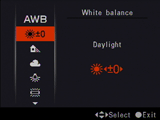 |
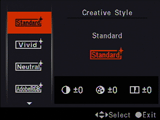 |
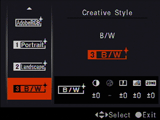 |
Contrast, Saturation and Sharpness are applied using a number of Creative Styles: Standard (default), Vivid, Neutral, Adobe RGB, Portrait, Landscape and Black and White. The first four offer adjustment of contrast, saturation and sharpness, again in a range of +/-3. The Portrait and Landscape presets offer an addition pair of adjustments for Brightness and Zone, while Black and White ditches Saturation, although in a missed opportunity doesn’t offer simulation of coloured filters. We have examples of several Creative Styles below.
Sony Alpha A700 Standard Creative Style |
Sony Alpha A700 Vivid Creative Style |
Sony Alpha A700 Neutral Creative Style |
Sony Alpha A700 Landscape Creative Style | |||
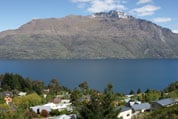 |
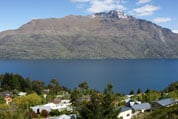 |
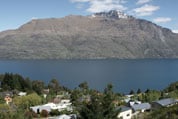 |
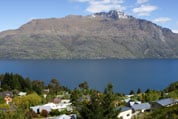 | |||
Whole image shrunk to fit |
Whole image shrunk to fit |
Whole image shrunk to fit |
Whole image shrunk to fit | |||
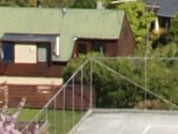 |
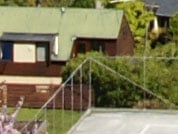 |
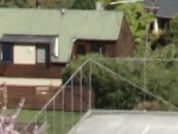 |
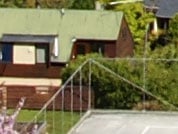 | |||
100% crop |
100% crop |
100% crop |
100% crop |
Finally, like the A100 before it, the A700 features the D-Range Optimiser (DRO) which can apply adjustments to the dynamic range in real-time. The A700 offers a wealth of options here including Off, Standard, Auto, or five Advanced Levels.
There’s even DRO bracketing options which can apply different degrees of processing in a sequence, allowing you to select the most appropriate one afterwards.
Sony Alpha A700 D-R off |
Sony Alpha A700 D-R Standard |
Sony Alpha A700 D-R+ Advanced |
Sony Alpha A700 D-R+ Advanced Level 5 | |||
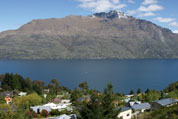 |
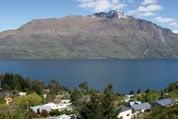 |
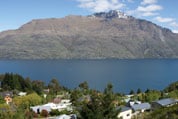 |
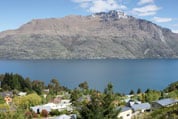 | |||
Whole image shrunk to fit |
Whole image shrunk to fit |
Whole image shrunk to fit |
Whole image shrunk to fit | |||
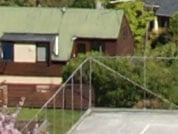 |
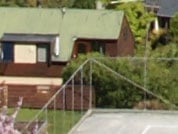 |
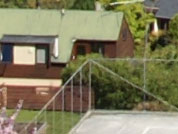 |
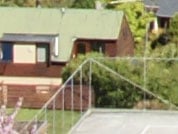 | |||
100% crop |
100% crop |
100% crop |
100% crop |
|
|
Sony Alpha DSLR-A700 metering and exposures
The Sony A700 offers the same three metering modes as the A100: 40-zone multi-segment, Center-weighted, and spot-metering, selected using a dedicated dial to the right of the viewfinder. While the multi-segment metering uses the same 40-zone honeycomb arrangement as the A100, the A700 features a new SPC (Silicon Photo Cell) system with 2.2% centre cell and improved sensitivity and accuracy, especially for spot-metering.
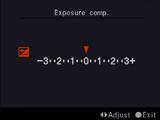 |
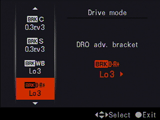 |
The A700 offers shutter speeds from 1/8000 to 30 seconds plus a Bulb option; the new shutter block is rated for 100,000 cycles. The fastest flash sync speed is 1/250 or 1/200 with Super SteadyShot enabled.
Exposure compensation is available in a wider than average range of +/-3EV and can be displayed graphically on-screen in this full range; the viewfinder shows a reduced scale of +/-2EV.
AE bracketing is also available in steps of 0.3, 0.5 and 0.7 EV with the choice of three or five frames. Five frames will be welcomed by anyone into HDR work, but it would have been much more useful to have broader steps than 0.7EV between them.
Sony Alpha DSLR-A700 drive modes
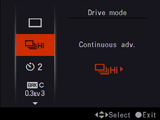 |
The Sony A700 offers Lo or Hi continuous shooting options, delivering 3 or 5fps respectively. Sony quotes a buffer of 8, 18, 25, 12 or 12 frames in X.Fine, RAW, cRAW, RAW + JPEG or cRAW + JPEG modes respectively; if you’re shooting in standard or fine JPEG mode, the rate is limited only by remaining memory.
To put this to the test we inserted an average 1GB SanDisk Ultra II Compact Flash memory card and set the A700 to X.Fine JPEG mode and the high speed shooting rate. We managed to fire-off 45 frames in nine seconds before the A700 paused, confirming the 5fps rate, but with a much bigger buffer in this particular example.
We then switched to uncompressed RAW mode and managed to fire-off 13 frames in just over 2.5 seconds before the A700 paused, again confirming the rate, albeit with a slightly lower number of frames. Finally, the A700’s self-timer operates at two or 10 seconds and like the A100, the mirror’s flipped up first to minimise vibrations.




